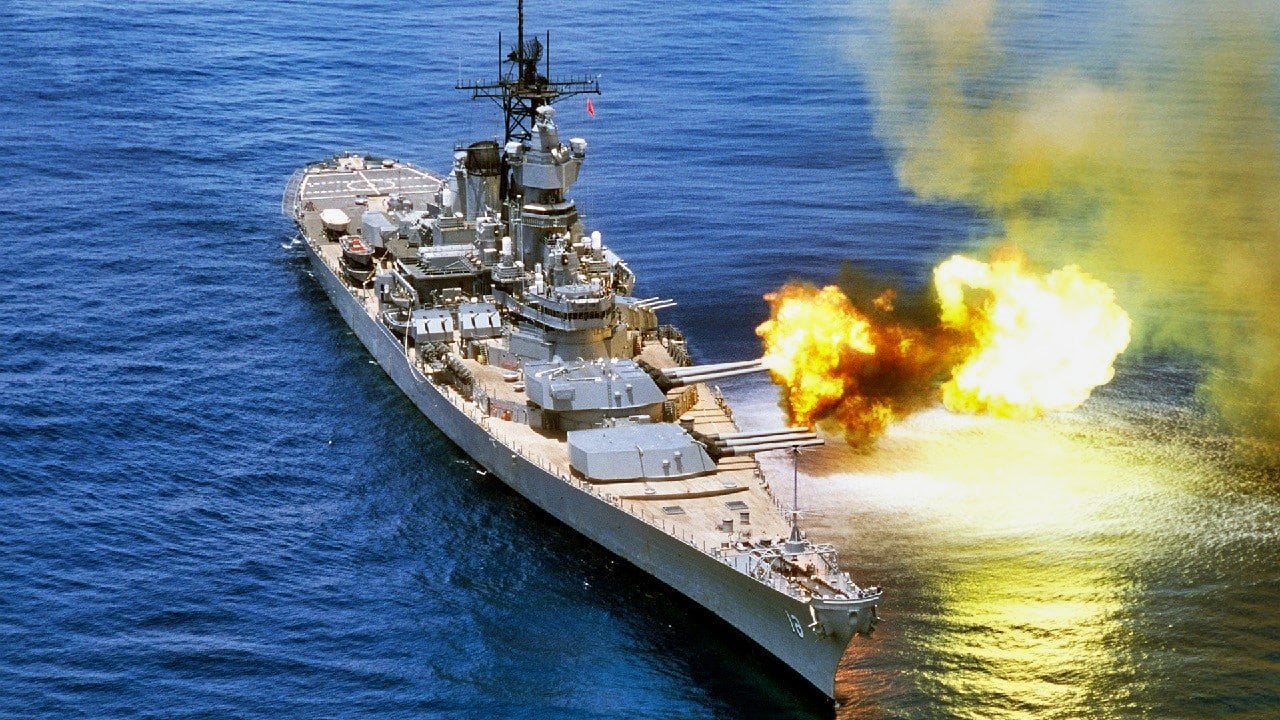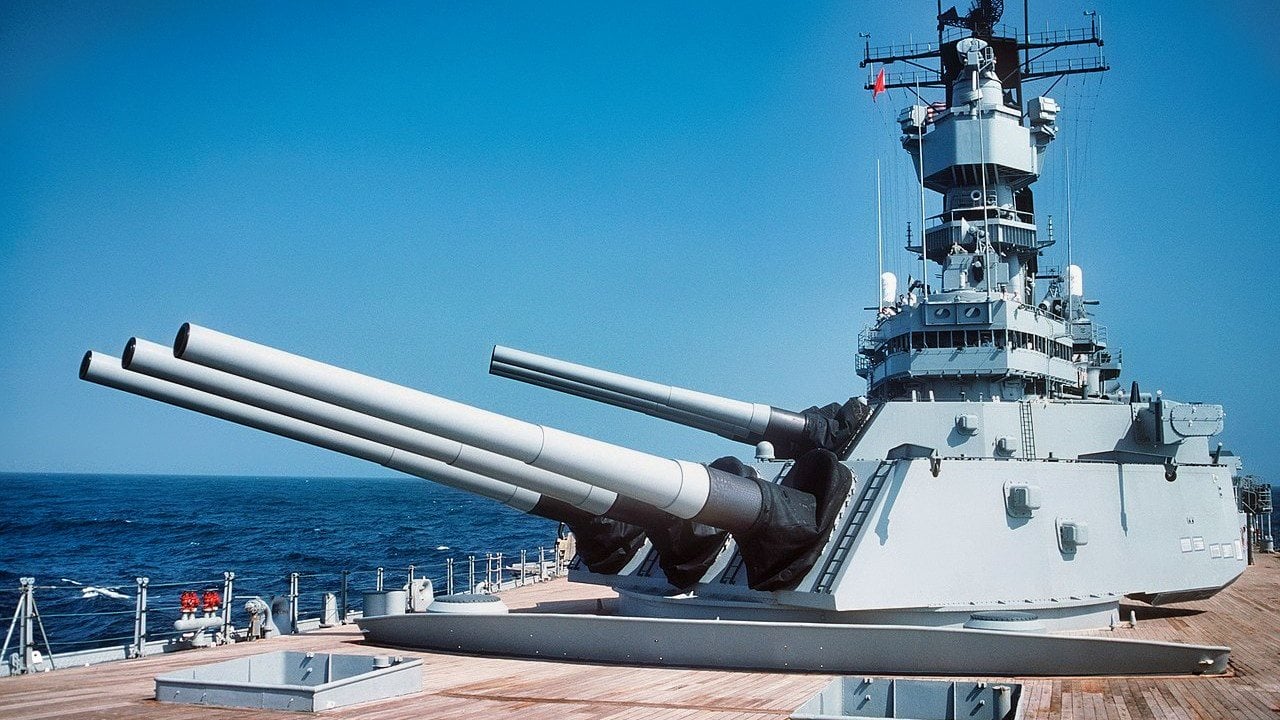$1,650,000,000: That's How Much Today an Iowa-Class Battleship Would Cost
The Iowa-class battleships, commissioned during WWII, were the most expensive vessels in the U.S. Navy before aircraft carriers took that title. Each Iowa-class ship cost approximately $100 million (over $1.65 billion today) and required more than 3 million man-hours just for design.
What You Need to Know: The Iowa-class battleships, commissioned during WWII, were the most expensive vessels in the U.S. Navy before aircraft carriers took that title. Each Iowa-class ship cost approximately $100 million (over $1.65 billion today) and required more than 3 million man-hours just for design.

-Built primarily at the Brooklyn Navy Yard, these 45,000-ton, 860-foot vessels were designed to endure, with robust firepower, armor, and speed that allowed them to escort fast carriers.
-Despite being decommissioned, the Iowas were repeatedly recommissioned, serving in conflicts like Vietnam. Today, they stand as museum ships, commemorating a significant wartime investment in engineering and resilience.
The Price and Legacy of America’s Iowa-Class Battleships
The effort to build a fleet of Ford-class aircraft carriers has cost the U.S. Navy $120 billion to date. Indeed, the Ford class is the most expensive warship ever built, costing over $13 billion per vessel.
But aircraft carriers were not always the most expensive ship in the Navy inventory. Before the price of carriers spiked after World War II, the battleship was the most egregiously expensive vessel – and indeed, the hallmark vessel of the U.S. Navy. Of all the battleships, the Iowa class was the most expensive and the most significant.
Paying for the Iowa-class
“Each of the United States Navy’s four Iowa-class battleships, which were constructed between 1940 and 1944, cost around $100 million per ship – or more than $1.65 billion in today’s money,” Peter Suciu wrote for The National Interest. Not bad, relative to modern standards – that’s less than one-tenth the cost of one Ford-class carrier. But by the standards of the 1940s, the Iowa was immensely expensive, with a higher price tag than any ship built to that point.

In addition to constituting an immense financial investment, the Iowa-class demanded an immense investment of man-hours. Consider the time taken just to draft the plans for the Iowa. “In total, it took 3,432,000 man-hours – more than 206 years of draftsman hours – to complete the final design,” Suciu wrote. “The total completed plans reportedly weighed 175 tons, 30 inches in width and are 1,100 miles long when laid out.”
Then, of course, the boat itself still needed to be built.
Building the Iowa-class
The work would not be cheap. The Iowa would measure 860 feet long once completed. That is 200 feet longer than the preceding South Dakota-class battleship. “That allowed for additional space to be devoted to the ship’s engine,” Suciu wrote, “enabling the new class to be truly fast, reaching a top speed of 32.5 knots, which enabled the battle wagons to protect the U.S. fast carriers.”
Building the Iowa took two years and eight months per ship. Tens of thousands of American citizens participated in the shipbuilding effort. The Brooklyn Navy Yard, which happened to be the largest employer in the state of New York during the war, employed 71,000 people – many of whom were dedicated to build the Iowa-class.
The vessels that the men and women of the Brooklyn Navy Yard produced were 45,000-ton icons. Heavily armed and heavily armored, the ships were built to last – as demonstrated when the various Iowa-class vessels were repeatedly recommissioned throughout their career, serving in the Vietnam War and through the 1980s.
Today the Iowa-class vessels are all decommissioned. Many serve as museum pieces, a testament to a significant investment in money and manpower made nearly 90 years ago.
All and all, considering how many comebacks these battleships made over the years, I would say history thinks they were worth it.
About the Author: Harrison Kass, Defense Expert
Harrison Kass is a defense and national security writer with over 1,000 total pieces on issues involving global affairs. An attorney, pilot, guitarist, and minor pro hockey player, Harrison joined the US Air Force as a Pilot Trainee but was medically discharged. Harrison holds a BA from Lake Forest College, a JD from the University of Oregon, and an MA from New York University. Harrison listens to Dokken.
All images are Creative Commons and/or Shutterstock.


